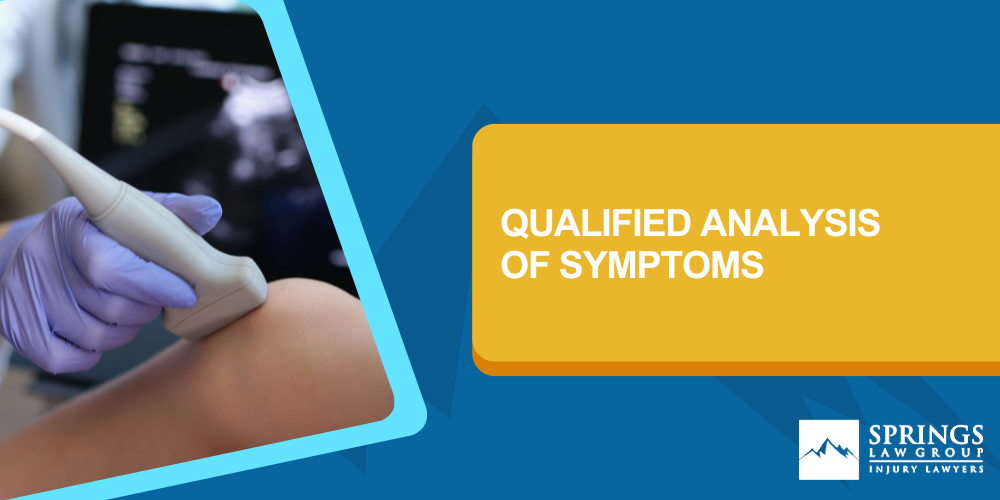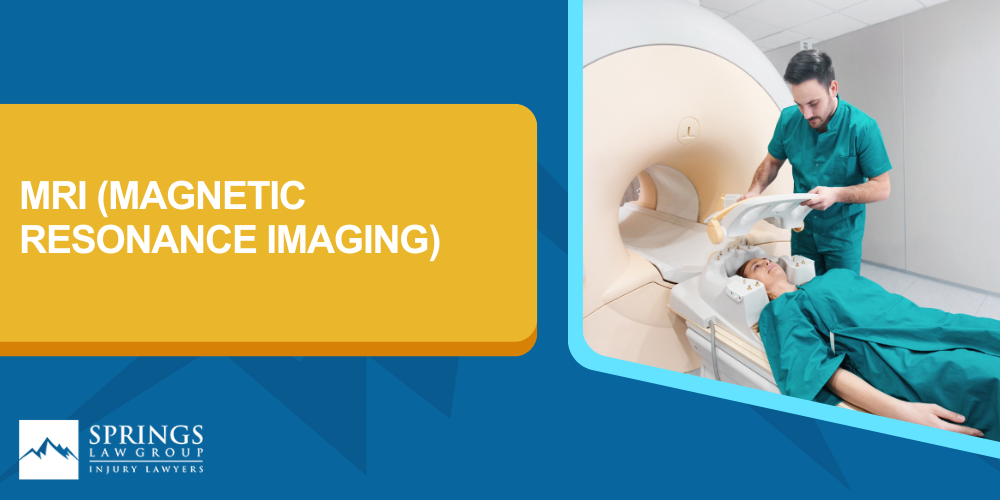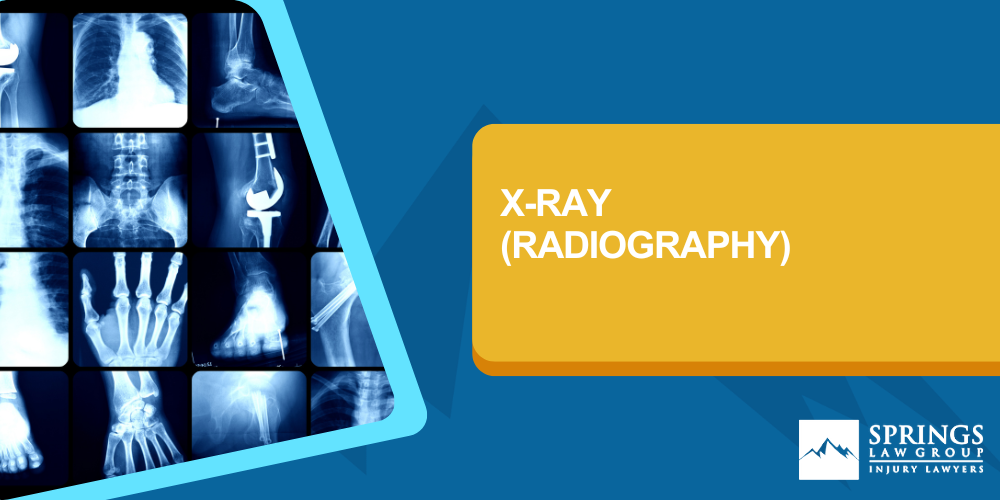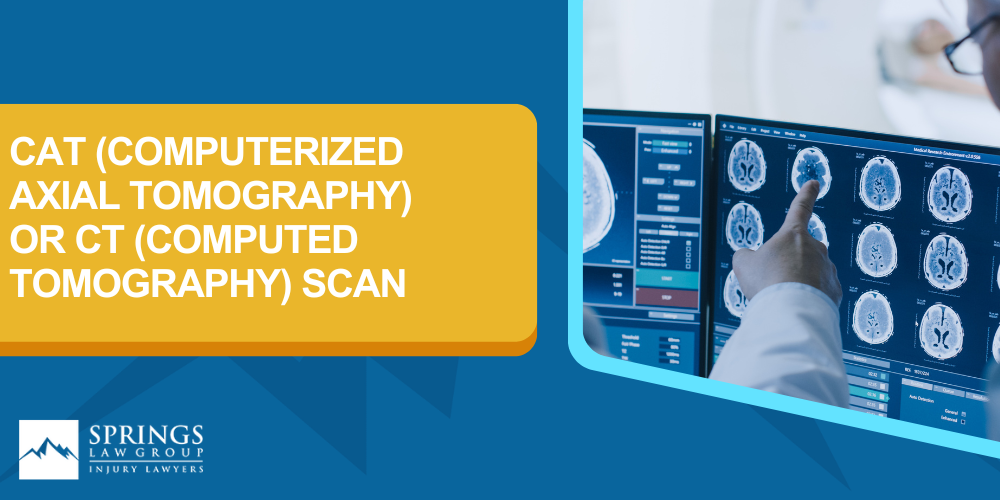How are Soft Tissue Injuries Diagnosed?

Soft tissue injuries (e.g., whiplash, sprains, strains, and tears) are very commonly the result of automobile accidents. However, because soft tissue injuries involve damage to discs, muscles, ligaments, and tendons, they can be difficult to spot and diagnose.
Here are some common tools treatment providers can use to diagnose soft tissue injuries:
Qualified Analysis of Symptoms

A properly qualified healthcare provider experienced in diagnosing and treating soft tissue injuries can often diagnose a soft tissue injury through a careful analysis of your symptoms. Many times, when you injure a soft tissue, you will feel it immediately. However, oftentimes, you might not notice the injury until the adrenaline of the event subsides or until swelling or stiffness set in the next day. Bruising and instability can also be signs trauma. Soft tissue injuries can cause reduction of your comfortable range of movement and lead to radiating pain, numbness, and weakness. It probably goes without saying, but if you think you might have sustained a soft tissue injury, it is best to seek the assistance of a qualified medical provider.
MRI (Magnetic Resonance Imaging)
An MRI uses a strong magnet connected to a computer to create a cross-sectional image of the injured area of your body. The MRI is a strong tool for diagnosing soft tissue injuries because it shows the soft tissues with a clarity not possible through traditional x-ray technology. Unfortunately, getting an MRI is much more expensive and involved, and it requires additional education and training to interpret, so it is not as common as x-ray imaging.

MRIs are powerful tools for discovering soft tissue injuries, especially damage to the discs in your spine, which are commonly damaged in auto accidents. A MRI can show if is a disc has been damaged, such as herniations, tears, compressions, and bulges, all of which have significant effects on the function of your nerves running through and out of your spinal column.
X-Ray (Radiography)
Because x-rays primarily show just bones, you may wonder how they would help diagnosing soft tissue injuries, which, by definition, are not technically bone injuries. However, because x-rays show the bones’ spacing, they can be used to spot changes resulting from soft tissue injuries, such as narrowing, development of bone spurs and other bone growth, degenerative changes, and changes in the alignment of bones such as spinal vertebrae and other joints.

X-rays also have the advantage of being relatively inexpensive and simple to perform, compared to other diagnostic tools, like MRIs and CT scans, discussed below.
CAT (Computerized Axial Tomography) or CT (Computed Tomography) Scan

CAT or CT scans use x-ray equipment and computer technology to create cross-sectional images, similar to those created by MRI. Unlike a typical x-ray film, which will appear as if you’re looking through the body, a CAT or CT scan, like an MRI, will show damages to soft tissues. The disadvantage is that they are significantly more expensive than x-rays. For this reason, oftentimes, a healthcare provider will use a CAT/CT scan or MRI to follow up where x-rays did not provide sufficient information.
Conclusion
Properly diagnosing soft tissue injuries is an important step in the road to recovering from damage caused by accidents. Insurance companies are often more resistant to the expense of advanced diagnostic tools, such as MRIs and CT scans. If you have suspect you have sustained a soft tissue injury, or you have pain from unknown causes, it is important that you immediately seek qualified medical attention.

If you have questions about getting appropriate compensation for soft tissue injuries, Springs Law Group offers free consultations in which we can discuss your unique injuries and questions.
